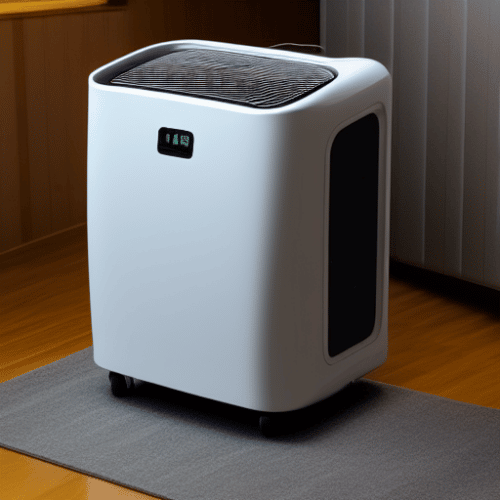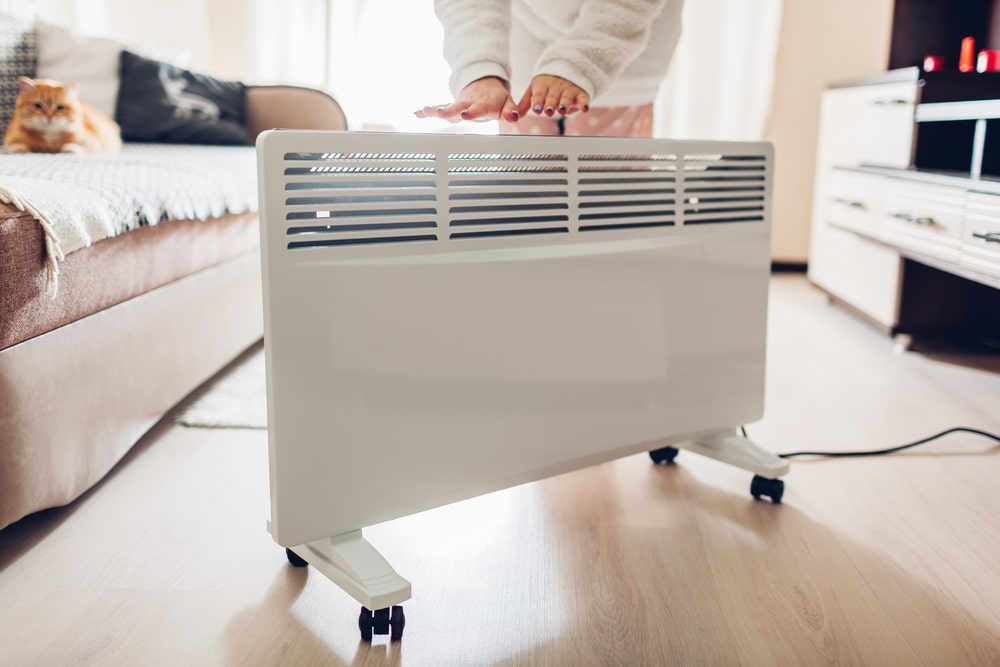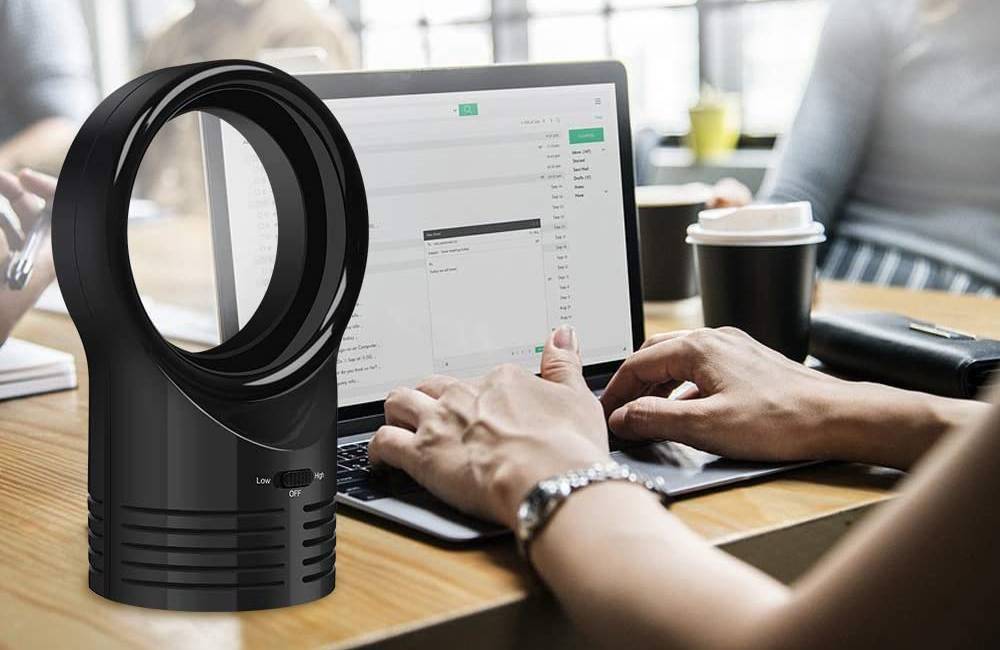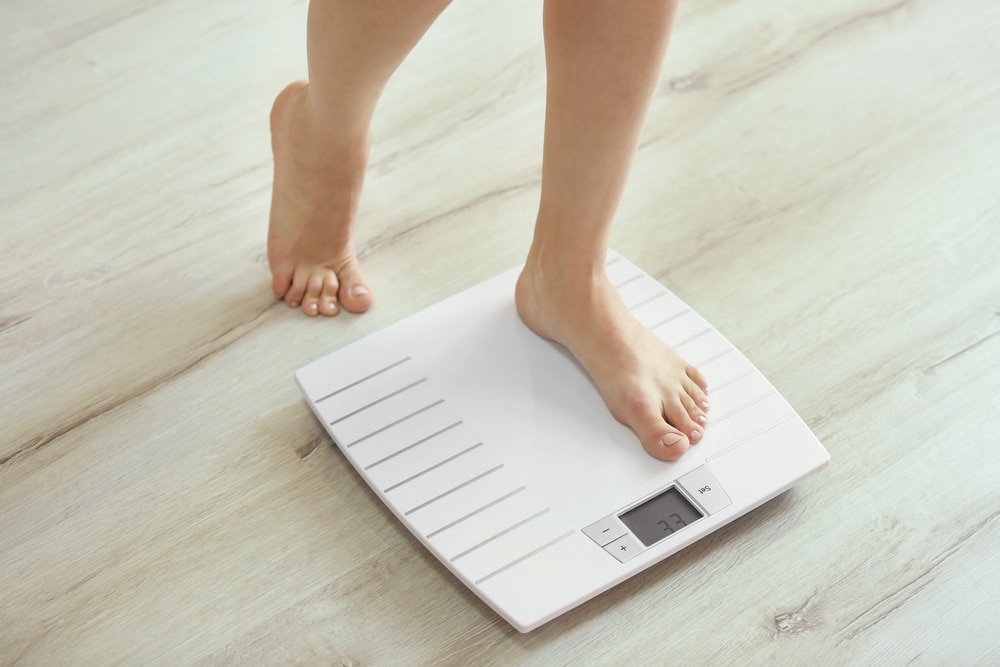Last Updated on
A dehumidifier is an electric appliance that removes water from the air. It is especially useful in extracting moisture in areas of your home that have high humidity levels. Why is it important in homes? High levels of moisture can cause the growth of mould and mildew in areas of your home where there is high humidity.
Mould and mildew growth can cause health problems in the long run, such as asthma and allergy problems. Therefore, having a dehumidifier can greatly decrease the chances of these problems occurring.
A dehumidifier is one of the best and most useful machines you can own and use in your home or office environment, especially if you live in a humid area. However, you may be asking yourself, how does a dehumidifier work?
The Job of a Dehumidifier
Do you have too much moisture in your living space? Or do you have mould problems? If so, then a dehumidifier could be the right choice for you.
To fully appreciate and understand how a dehumidifier works, you need to know what it does.
The main purpose of such a unit is to draw out moisture from the air and control the relative humidity in the rooms of your house. In addition, dehumidifiers help to get rid of dust, mould, mildew and dust mites to ensure your health is at its best.
How Does a Dehumidifier Work – The Basics
From desiccant dehumidifiers to refrigerant dehumidifiers, this useful home appliance works following a common process.
The basics of how a dehumidifier works start with the air around it. If the air is full of moisture and warm, dehumidifiers will work at their best. Once plugged in and switched on, they draw in the warm or cold moist air, and the process within the dehumidifier’s system begins.
After the air is drawn in, it passes inside the dehumidifier’s internal system, which is made up of coils (in the compressor or refrigerant models) or a cooling condenser and a desiccant wheel (in the desiccant models).
This is where the warm air, which is full of moisture, is cooled down and begins to condense. The condensate drips down into a collection bucket, which you then need to empty regularly. The amount of water that is formed is dependent on the amount of moisture in the air. The dry air which is formed throughout this process is then pushed back out of the machine.
It is common practice to use a compressor dehumidifier in a warm environment and a desiccant dehumidifier in a cool environment. This has to do with how efficiently either model works within its respective environments.
Different Types of Dehumidifiers

Since dehumidifiers are so amazing, companies that make, sell and distribute dehumidifiers have come up with many different types of these devices.
As we briefly mentioned above, there are various types of dehumidifiers. The two most popular models of dehumidifiers that you can pick to purchase, keep and employ in your house include the refrigeration dehumidifier and the desiccant dehumidifier.
It is important you know which type of dehumidifier you have to know how to properly use it and take care of it so you can use it for a long time.
How Does a Refrigerant Dehumidifier Work?
Inside of a refrigerant or compressor dehumidifier, the main compartment draws in the warm air through a fan. Once the air is drawn into the dehumidifier with this fan, the air passes inside the refrigerant dehumidifier’s main compartment, where it passes over a series of coils. These coils are cold as they are placed inside the refrigeration dehumidifier’s main compartment.
As the warm moist air travels over these coils, the difference in temperature causes the moisture in the air to condense and turn into water. The now formed water then falls into the refrigeration dehumidifier system tank, where it is collected until you empty it.
The air, which is now relatively moisture-free, passes through the appliance and into the condenser, where it is slightly heated and the dry is pushed back out into the room.
If you live in a very damp environment, you may have to empty the water tank regularly.
How Does a Desiccant Dehumidifier Work?
Inside a desiccant dehumidifier unit, there is no fan, instead, it has a desiccant wheel, which is where this particular unit gets its name from. The desiccant wheel works by having a gel inside that absorbs the moisture from the humid air in the room.
As the air moves inside desiccant dehumidifiers, it cools, and the moisture in the air will condense and turn into liquid. This happens when moist air is exposed to cold temperatures in the condenser.
The now formed liquid water will then fall into the desiccant dehumidifier unit’s bucket. This container is located inside a desiccant dehumidifier unit as well, and, like with the refrigerant model, this water tank needs to be emptied frequently.
Throughout this entire process of the water being extracted from the air, the air dries out and is pushed back into the room.
The Right Humidity Level
In theory, there is a range of comfortable humidity levels for your rooms inside your house that has been determined as a safe and comfortable level of humidity.
The spectrum for this safe humidity level for rooms inside a house is usually between 30% and 55%.
High Humidity Levels
If you have rooms where the humidity level is too high, this can be an issue. For instance, let’s say that the humidity level in your bedroom is over 65%, and then you may feel stuffy, muggy and damp. It can create the perfect breeding ground for mildew and mould, as well as many other types of harmful growths that may negatively impact your health.
High levels have an especially negative impact on people with asthma or allergy sufferers.
Low Humidity Levels
If you have rooms where the humidity level is too low, this can also be an issue. At low humidity levels, the air in your home is very dry. This can harm your health, like with high humidity levels, especially if you have asthma or are prone to developing a cough. Many people also suffer from dry skin and have a greater chance of developing a sinus infection.
Healthy Living
No matter what type of dehumidifier you choose to purchase, all dehumidifiers contain a filter. These filters process out any possible allergens as the air passes through them and helps in reducing the amount of dust or mould in your home.
Warm Air Versus Cold Air
A dehumidifier can help ensure that the air in your home is not too hot in terms of dry air and is not too cold in terms of moisture in your air. This makes breathing easier, especially if you’re asthmatic.
Dry air is created on hot days when rainfall is absent. This happens because rain usually cools down the temperature outdoors.
By using a dehumidifier, you can balance out the temperature and moisture level in your home so that you have the perfect room temperature without any dampness or mould to worry about.
Dehumidifiers for a Fresher Home
A dehumidifier works by extracting water from the air to keep your home’s humidity level at bay. It is useful in preventing mildew and mould growth, both of which can cause serious health problems, such as asthma and allergies.
Now that you know how a dehumidifier works, you can now use one of these useful machines to eliminate excess moisture in your home to live a happy, healthy and easy life! Don’t forget to place it in the area where there is too much moisture! Also, take care of your dehumidifier so that it can serve you for a long time!
Do you already own a dehumidifier? How is your experience? Do you have other tips that you would like to share, especially for beginners? Let us know all about it in the comment section below!



